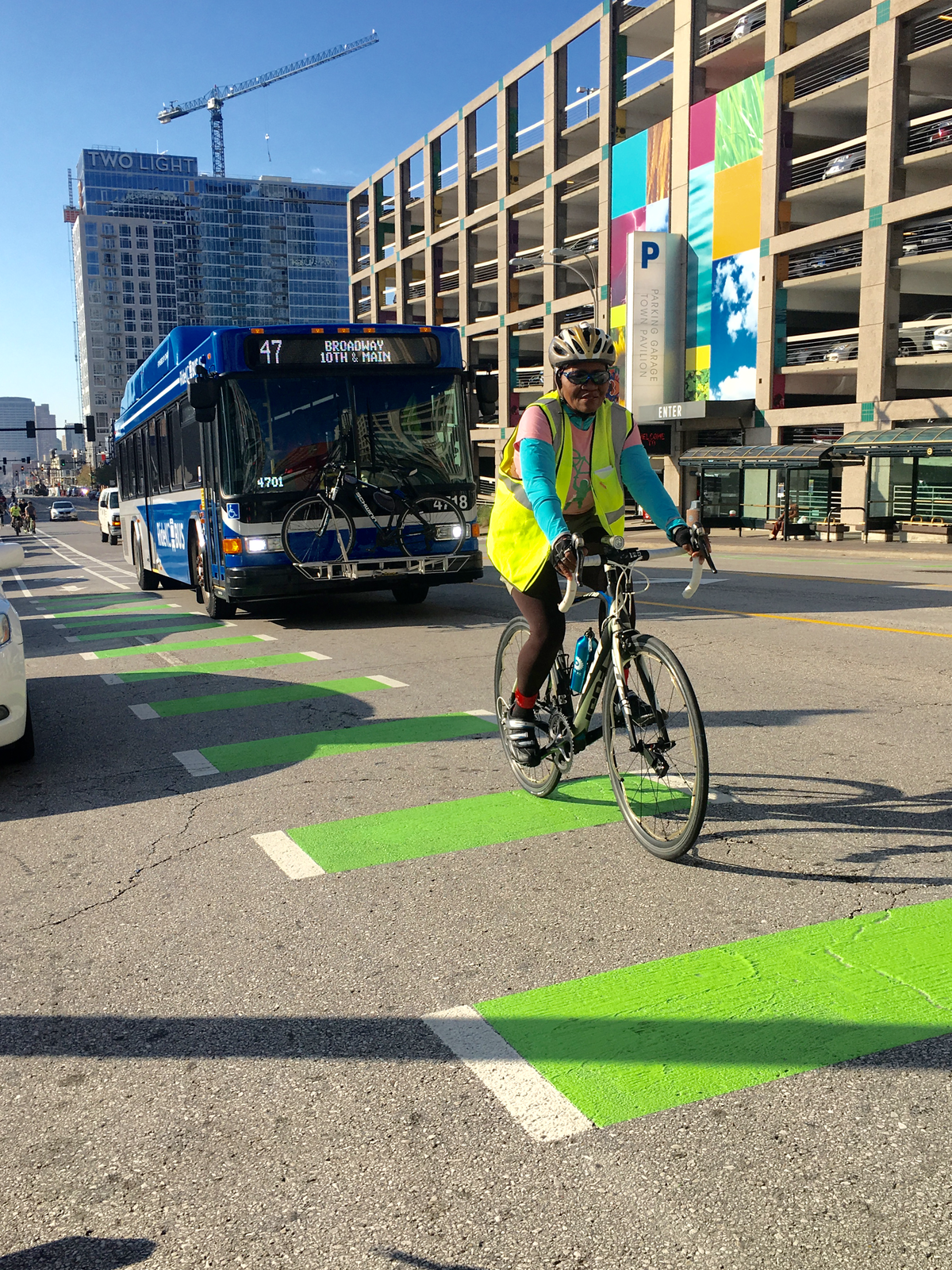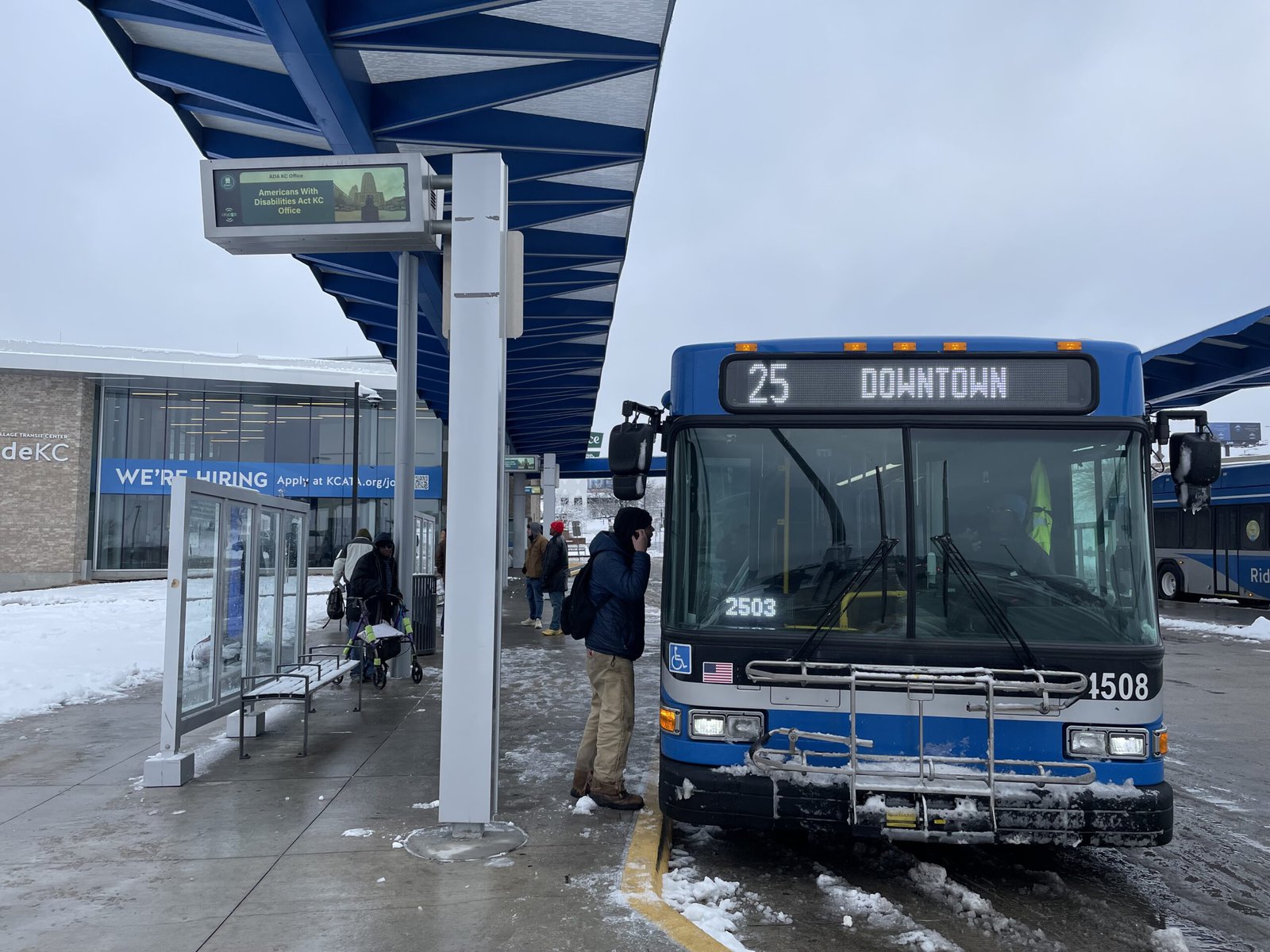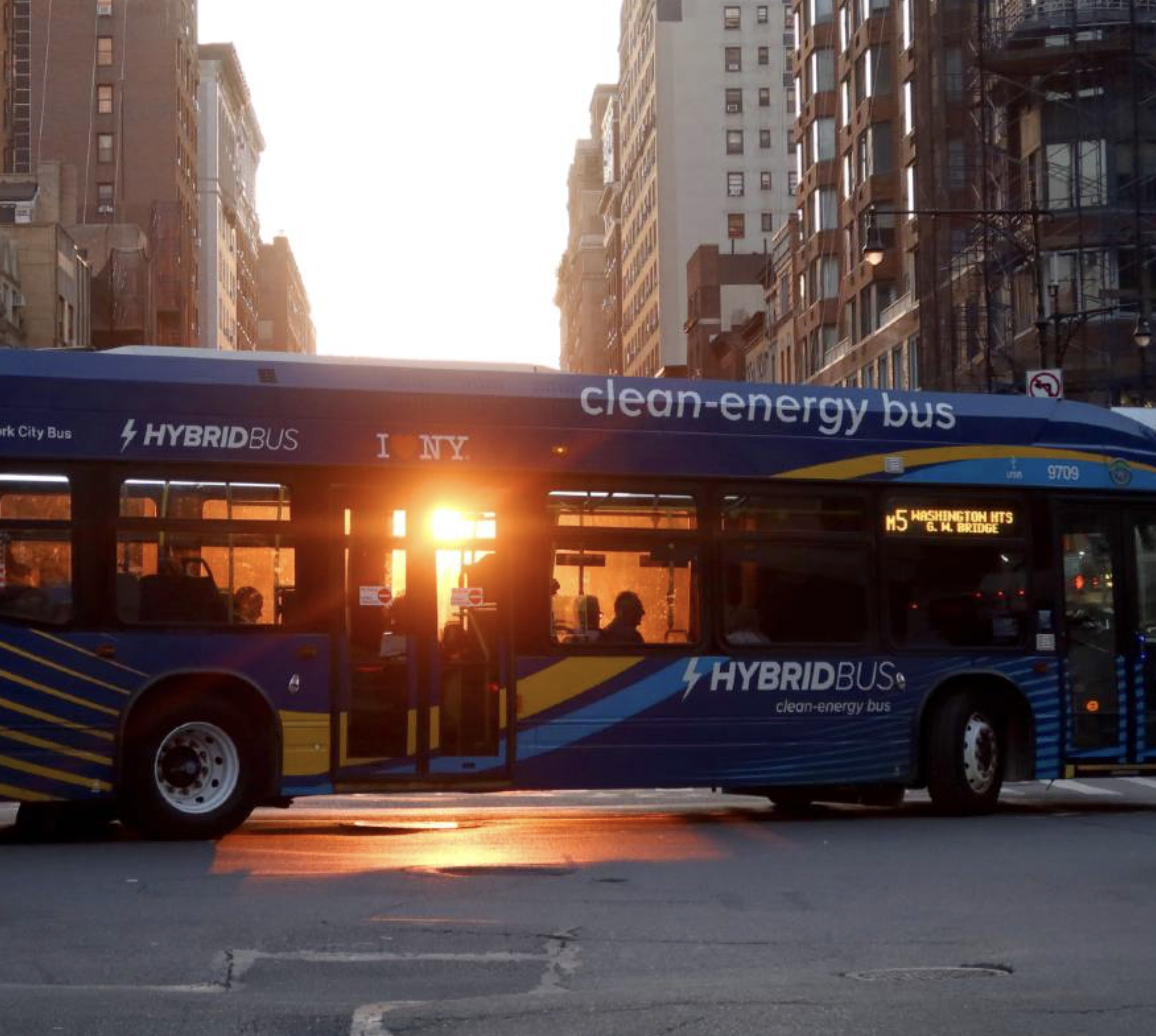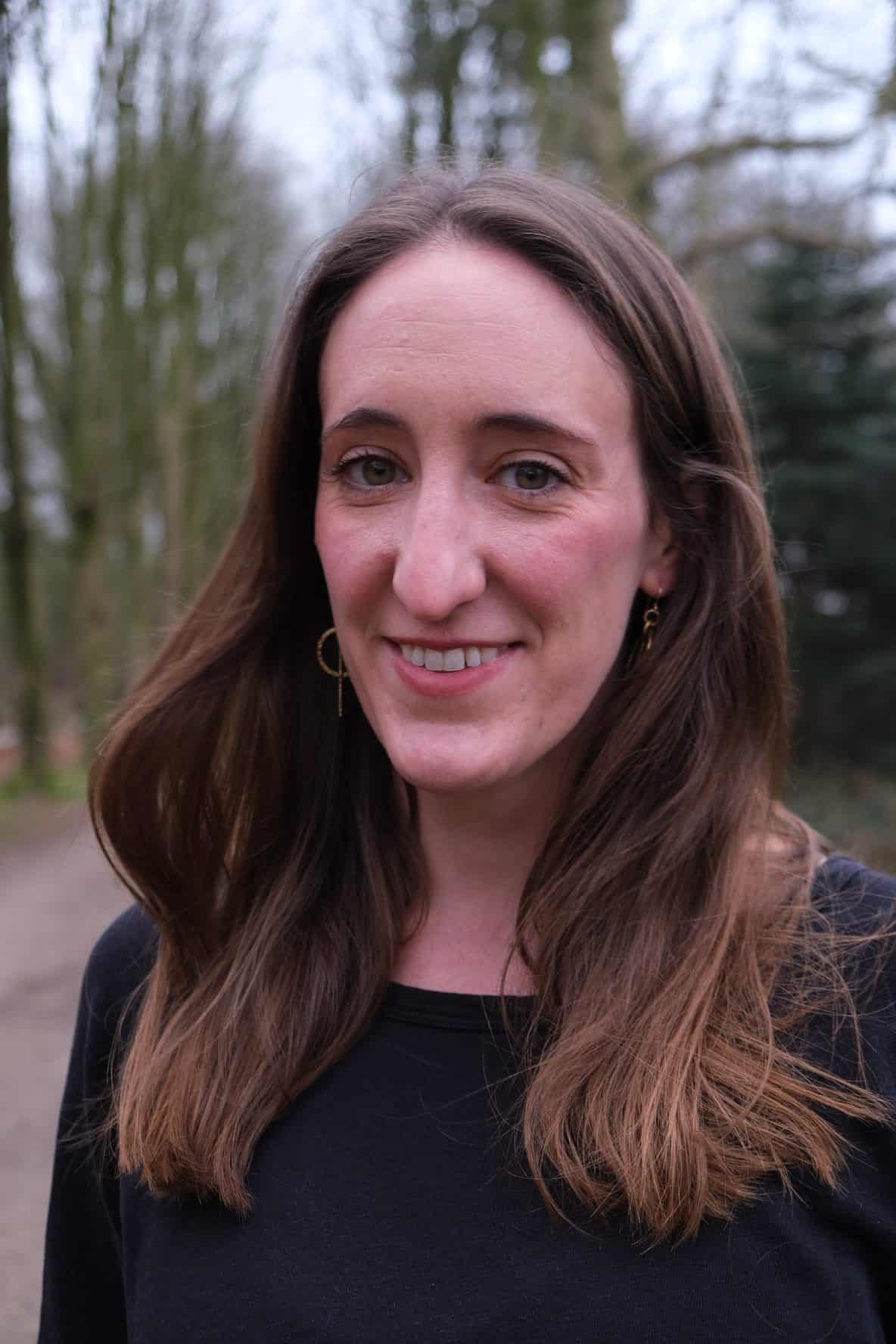

A Patient Is a Person is a series about how whole-person health is transforming the patient journey. It is supported by funding from UPIC Health.
Afew years ago Christiana Sylvaine stopped driving. Diagnosed with narcolepsy, she’d had a few incidents behind the wheel that scared her. So she sold her car and turned instead to the two bus lines that ran within blocks of her home in Kansas City, Missouri. When Sylvaine boarded the bus, she never paid a fare.
That’s because Kansas City’s public bus system stopped charging riders altogether in 2020, becoming the largest city in the U.S. to adopt a zero-fare policy.
For Sylvaine, saving money on parking, gas and bus rides gave her more financial flexibility. And she believes that free use of the bus system had an impact on her health. When a health issue came up, she didn’t hesitate to seek medical care.

“I was more inclined to not just brush it off or something like that, because I had access really easily to those bus services,” she says.
The connection between transportation and health may not be obvious. But how people get around communities is interconnected with physical and mental wellbeing. Easy access to public transit is linked with direct health impacts, like increased levels of physical activity. Transportation also opens doors to other factors that contribute to health — as Sylvaine found with her health care appointments.
“It’s the linkage between you and all of these other things that impact your health,” says Amanda Grimes, an associate professor of health sciences at the University of Missouri–Kansas City. “Access to food itself is a social determinant of health. But how do you get access to food? It usually takes transportation.”
Across the U.S., 5.7 percent of adults don’t have access to reliable transportation to get around for their daily needs. One in five Americans who don’t have access to a car or public transportation have gone without necessary medical care.
According to Kelly Clifton, an associate professor in transportation planning at the University of British Columbia, transportation is important not only for people to be able to get to necessary destinations — like work or the grocery store — but also to partake in leisure activities.
“The mere nature of being able to engage in society wholly sets you up for health success, better health outcomes from the get-go,” Clifton says.
In North America, many cities lack reliable public transportation systems. Even where there are transit options, there can be barriers that stop some people from being able to use them, she notes. Forms of fare collection that rely on credit cards, for instance, aren’t accessible to people who do not have a bank or credit card.
Weighed down by negative news?
Our smart, bright, weekly newsletter is the uplift you’ve been looking for.In many municipalities, there are programs that give reduced or free rides to certain people, like older adults, students or people with limited incomes. But even those programs can have limitations. If users need a special bus pass, they risk losing their transportation if they misplace it.
In Kansas City, before the zero-fare policy, some programs offered rides to residents who needed transportation to a medical appointment. But those could be difficult to navigate, and many people didn’t know about them, according to Amy Scrivner, of BikeWalkKC, a transportation advocacy organization. Adopting a policy that allows anyone to ride for free removed a lot of those hurdles.
“That is just one more easily accessible resource that just wasn’t there before,” she says.
Across the U.S., many transit systems temporarily eliminated fares in the height of the pandemic, but some municipalities are opting to keep fare-free policies for the long haul. A quarter of transit agencies in Virginia are operating without fares. Albuquerque, New Mexico made zero-fare permanent last year.
Outside of large cities, transit systems tend not to make much money from fares. Reducing them also cuts wait times and reduces the burden on low-income riders.

Advocates for zero-fare systems say that the increased mobility they offer supports health, but now, researchers in Kansas City are working to understand just how much. A project led by Grimes and colleagues at the University of Missouri–Kansas City is looking at the immediate and indirect health impacts. (Sylvaine works as an assistant on the research project.)
The researchers are finding a clear health benefit: physical activity.
People who use the bus in Kansas City take more steps per day than the average American, according to Grimes.
A walk to the bus station may not seem like a lot, but Grimes explains that incorporating more movement into daily life is linked to benefits when it comes to health factors like obesity, blood pressure and heart disease. “Every minute we can add really translates into improved health outcomes.”
Preliminary findings are showing a range of other benefits for residents. In a survey of 50 bus users, people reported that using the free public transportation system boosted their health, made it easier to get to their jobs and improved access to food and health care, according to Grimes. Many people also shared that removing the bus fare relieved a lot of financial stress.
One woman with young children told researchers she needed to bring her kids with her every time she went to the grocery store, so a single trip used to cost about $10. Without the bus fare, the family had more money to spend on food.
Kansas City residents also appear to be using the bus more frequently since the system became free. During the pandemic, public transportation ridership dropped everywhere, but Kansas City rebounded faster than other places, according to Jordan Carlson, professor of pediatrics at Children’s Mercy Hospital and University of Kansas City–Missouri. As of early 2024, bus ridership in Kansas City was about 24 percent higher than in other similar cities.
“We know that riding the bus contributes to physical activity, and we know that more people are riding the bus, and they’re riding it more often than they would be if it wasn’t free,” says Carlson, who is a leader of the research project.
In the next phase of the project, researchers will try to get an even deeper understanding of the impact of a zero-fare system on health by looking at data from a major health care system in Kansas City. They’ll be considering health factors like cholesterol, blood pressure and risk for diabetes and heart disease.

Health benefits have followed in other regions that have removed public transportation fees. In the U.K., a program that provides free bus passes to people over age 60 was found to have benefits for brain health. People who used the free bus passes also had higher rates of physical activity and lower levels of social isolation.
A free-fare program for women in the Indian state of Tamil Nadu resulted in women saving 800 rupees a month, almost $10, which went toward household expenses including education and health care.
The benefits go beyond improved health for individuals, explains Joey Lightner, a University of Missouri–Kansas City researcher involved with the project. Higher public transportation usage can improve air quality by reducing the vehicles on the road. There are also social benefits, like spending more time outside and building relationships.
“It’s about how the community works together, and the health of the community as a whole,” says Lightner. “Transportation is key in that.”
As promising as the zero-fare model is for community health, it is limited by how well the system itself functions. Some Kansas City neighborhoods are not well-connected to bus lines, requiring residents to walk long distances. And infrequent service means bus riders often have significant wait times.
There are also broader hurdles in many North American cities, where people who don’t have to use public transportation often choose not to.
“We still have a long way to go about changing the culture around public transit,” says Carlson.
The long-term future of the fare-free system in Kansas City is uncertain. The City Council voted in April to keep buses free for at least a year. Other U.S. cities are also considering a similar model, including Washington, D.C.
From Carlson’s perspective, there is a lot to learn from Kansas City’s experience, and how the model is supporting people and their health.
“This free fare is really cool because it is impacting, I think, the people who really can benefit most from this,” he says.






